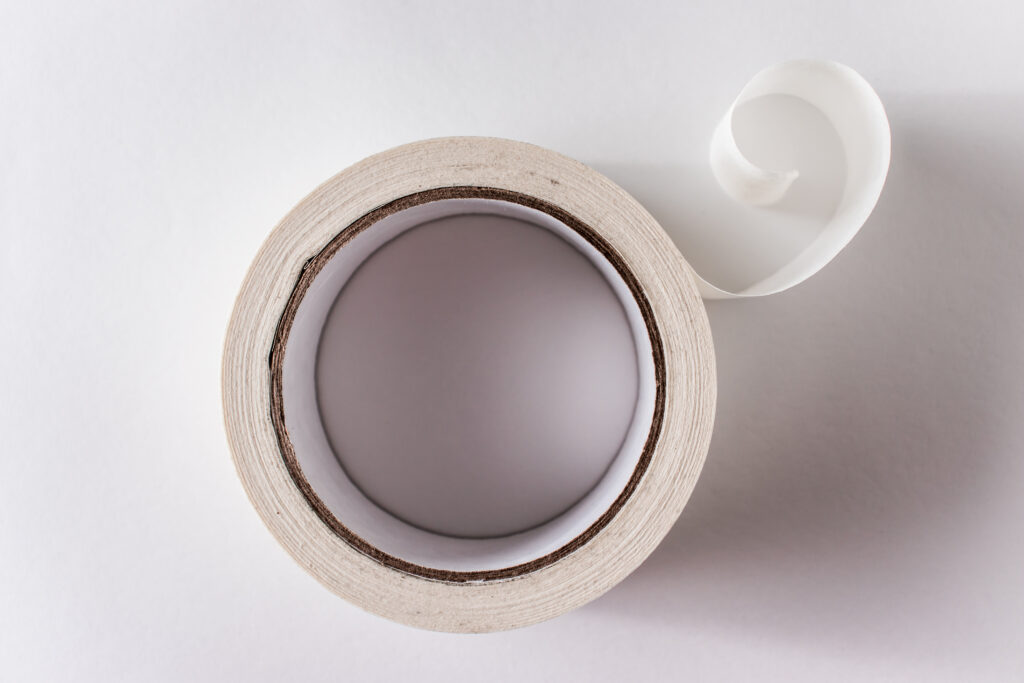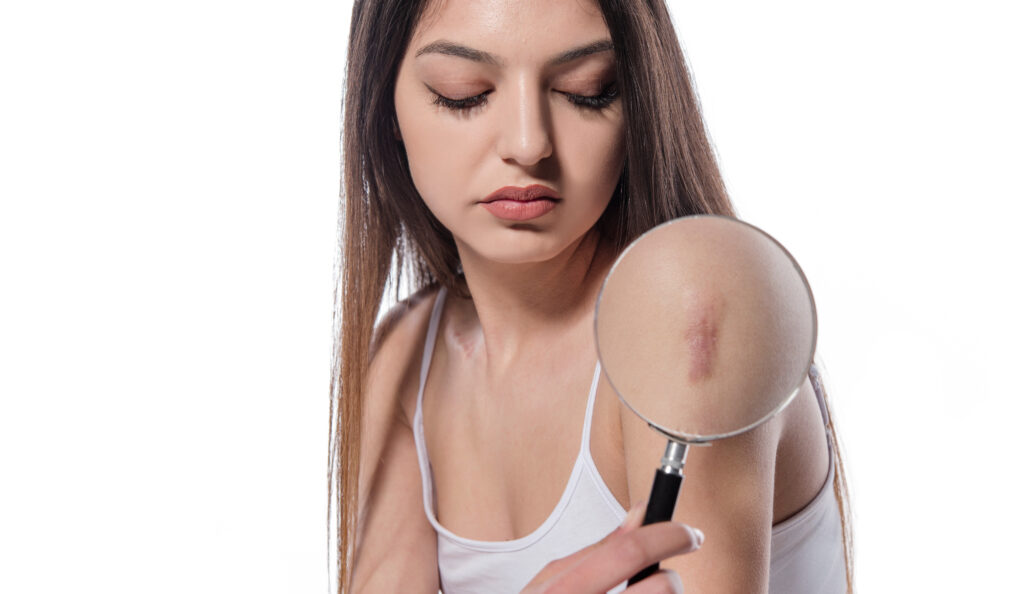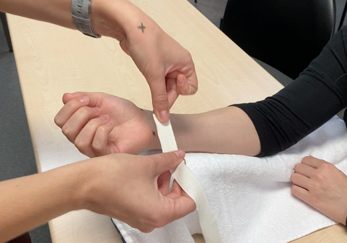Use of Paper Tape for Scars (What is scar tape?)
O’Reilly, S, Crofton, E., Brown, J., Strong, J., & Ziviani, J. (2021). Use of tape for the
management of hypertrophic scar development: A comprehensive review. Scars, Burns &
Healing, 7, 1–17 DOI: 10.1177/20595131211029206

The Skinny
The authors looked to do a review of the current literature published on the use of paper tape for scars management. The theory for the utilization of tape is to reduce mechanical forces that cause excessive scarring. While the physiological rationale for paper taping and scar management is not fully understood, it is a low-cost, simple intervention for scar management.
In the Weeds
Databases were searched using key terms. After reviewing several studies, nine studies met the inclusion criteria and were included in the final analysis. Within a total of 9 studies, a total of 402 participants with 425 scars were evaluated.
The articles were appraised utilizing the modified Downs and Black checklist and the modified Critical Appraisal Skill Program depending upon the study type.
Studies were included if the tape was utilized to prevent scarring after surgical procedures that used linear incisions (scar healing tape).

Bringing it home
The review concluded that paper tape is an effective intervention in reducing scarring and should be used early in the intervention process if possible and during the wound remodeling phase (paper tape scar treatment). Subjectively, the paper tape also showed the be effective in the mature scar as well.
The tapes with no stretch, such as Micropore™ and/or Steri Strips™, mainly were used to assist with linear closer also was proven to be helpful with reducing skin tension and appear to have a positive effect on scar management.
Rating (4/5)
This review was nicely done and showed nine different studies with a high number of participants. Of course, the homogeneity across studies in the review is always difficult to assess. The authors did an excellent job of reviewing and grouping the articles. Another potential downside is some of the outcomes studied were subjective reports by the patient.
The outcome measures for scar measurement are somewhat limited.
The studies reviewed were from several different, but only the ones done in English were utilized, limiting other studies that might have been done in other languages.
The article is available for open access, so if you are interested in more specifics, is it easily accessible.
2 Comments
Leave a Comment
More To Read
Creating an Action Plan for Addressing Mental Health in the Clinic
Blog By: Rachel Reed As hand therapists, our care for our patients must be driven by the goal of treating the whole person, not just their hand or injury (Hannah, 2011). Occupational therapy is a unique profession in which we are equipped to view our patients through a holistic lens. With this lens, we are…
Read MoreSimple but Effective Ways Hand Therapists Address Psychosocial Impacts of Upper Extremity Injuries
Although psychosocial factors are often not formally assessed during an evaluation in those with upper extremity injuries, the therapist often informally assesses these during and after treatment sessions. Sustaining an upper extremity injury can be a physically and emotionally challenging experience. Beyond the physical pain and limitations, these injuries can profoundly impact an individual’s psychosocial…
Read MoreDorsal Wrist Pain?
Incorporating Emerging Evidence into Clinical Practice for Patients Experiencing Dorsal Wrist Pain During Weight-Bearing Activities By: Brittany Day Supporting Evidence A randomized control study recently published in the Journal of Hand Therapy found rigid carpal stabilizing taping (CST) to significantly increase passive range of motion, active range of motion, and decrease pain in patients experiencing…
Read MoreSign-up to Get Updates Straight to Your Inbox!
Sign up with us and we will send you regular blog posts on everything hand therapy, notices every time we upload new videos and tutorials, along with handout, protocols, and other useful information.






This seems great. I would love to include it in my practice. I would very much like this article.
If you type in the citation on your search engine the article will come up